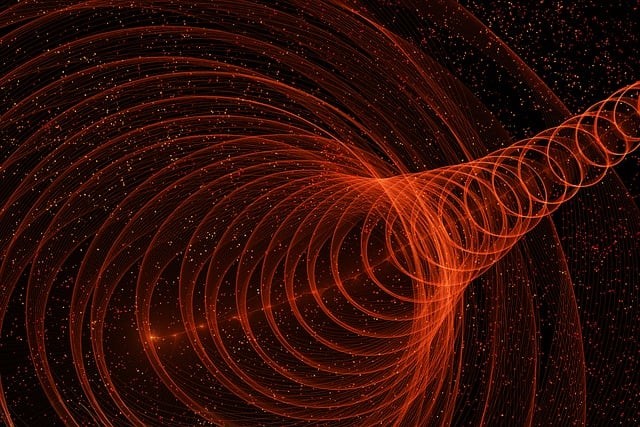Researchers from the University of Washington have made a groundbreaking discovery, detecting the phenomenon known as atomic breathing by observing the light emitted from atoms when stimulated by a laser. This finding holds great potential for encoding and transmitting quantum information.
Furthermore, the team has created a novel device that could revolutionize the field of quantum technologies, offering promising applications in computing, communication, and sensor development. These significant findings were published in the prestigious journal Nature Nanotechnology under the title "Tunable Phononic Coupling in Excitonic Quantum Emitters."

Atomic 'Breathing' Detected Through Lasers Help Encode, Transmit Quantum Information
A Quantum Network That Can Operate, Store, Transmit Qubits
Lead author Adina Ripin, a doctoral student of physics at the University of Washington, emphasized the importance of reliably creating, operating, storing, and transmitting qubits for the development of a feasible quantum network.
Photons emerged as a natural choice for transmitting quantum information due to their ability to travel long distances at high speeds with minimal energy or information loss, facilitated by optical fibers.
Interesting Engineering reported that the team explored the potential of harnessing phonons, the quasiparticles associated with atomic vibration, for quantum technology.
By applying an electrical voltage, they successfully manipulated the interaction energy of phonons in a measurable and controllable manner within a single integrated system. This breakthrough represented a step forward in establishing a solid foundation for quantum circuitry.
The team's ultimate objective is to create an integrated system that utilizes quantum emitters, single photons in optical circuits, and the newly discovered phonons for quantum computing and sensing. Senior author Mo Li expressed confidence that this advancement would contribute to the development of quantum computing, which holds promise for various applications in the future.
READ ALSO: Qubit Lifespan Extended by 2.3 Times, a Major Step in Improving Quantum Computing
A Waveguide To Control All Emitters
Mo Li, a senior author, and professor at the University of Washington, described their research as a novel atomic-scale platform known as "optomechanics," where light and mechanical motions are inherently interconnected, Science Daily reported. This platform introduces a unique quantum effect that enables the control of single photons within integrated optical circuits, offering numerous potential applications.
In their previous work, the team focused on studying excitons, quantum-level quasiparticles capable of encoding information and releasing it in the form of photons, the fundamental units of light.
The quantum properties of emitted photons, including polarization, wavelength, and emission timing, serve as qubits for quantum computing and communication. As these qubits are carried by photons, they can travel at the speed of light.
The team's future plans involve constructing a waveguide, which comprises fibers on a chip that captures individual photon emissions and directs them to their intended destinations. The aim is to scale up the system, allowing for the control of multiple quantum emitters and their associated phonon states.
This advancement would facilitate communication between the quantum emitters, marking a significant step toward establishing a robust foundation for quantum circuitry.
The overarching objective is to develop an integrated system that employs quantum emitters to utilize single photons in optical circuits, along with the newly discovered phonons, for quantum computing and quantum sensing.
Professor Li emphasized that this progress will undoubtedly contribute to the ongoing efforts in the field and further propel the development of quantum computing, which holds great potential for a wide range of applications in the future.
RELATED ARTICLE: Sharing Secret Information Possible Through an All-optical Quantum State Without Converting It Into Electrical Signals
Check out more news and information on Quantum Mechanics in Science Times.














